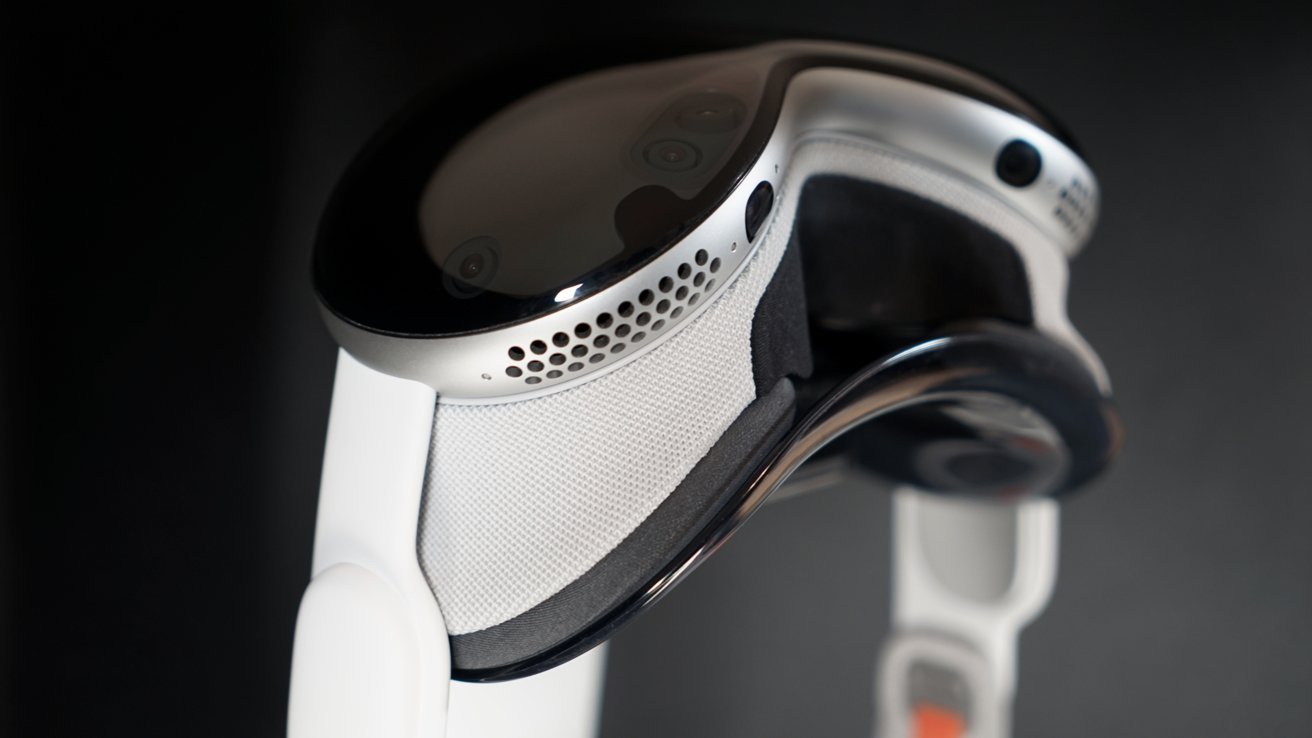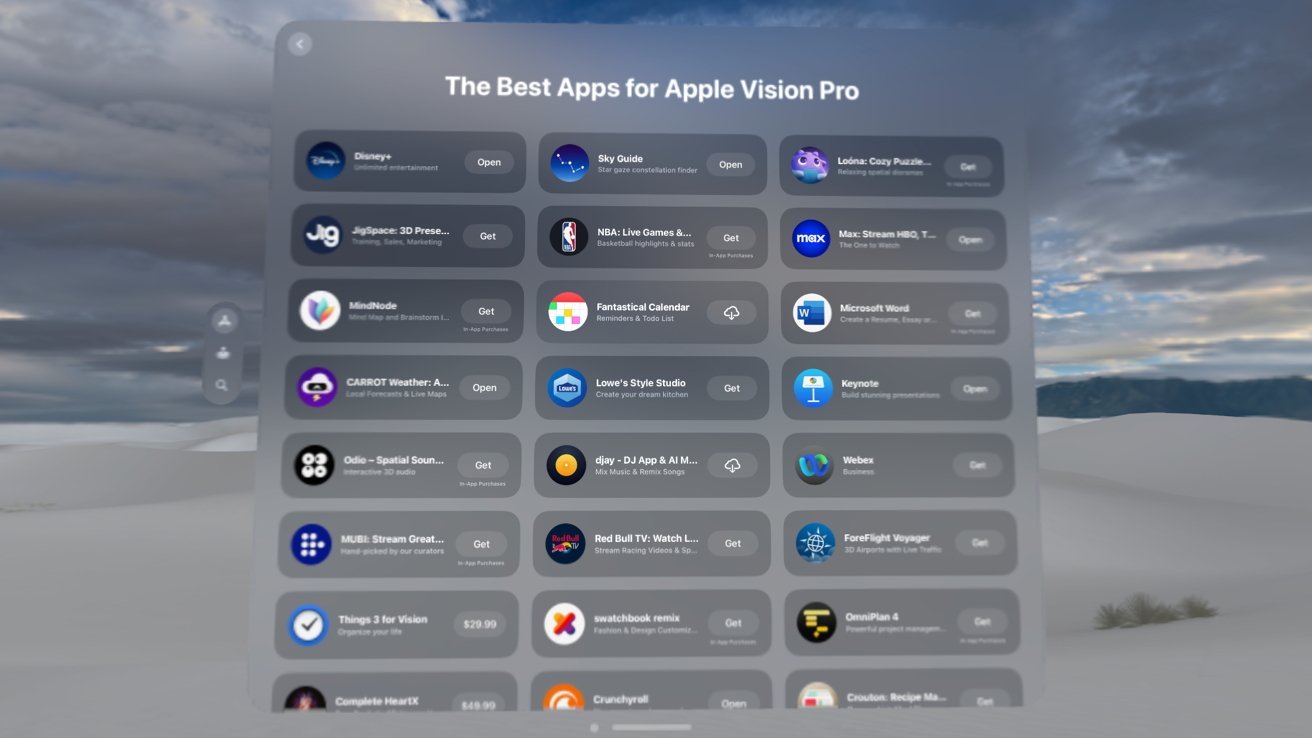Apple’s list of compatible apps remains unchanged
It’s surprising that Apple hasn’t migrated any of its compatible apps to native versions within visionOS 2, and not having any native options in visionOS 26 seems like a major oversight.
Apple Vision Pro is Apple’s inaugural spatial computing platform and comes with a hefty price tag. Adoption has been slow, as has the development of software and media tailored for this mixed reality environment.
With WWDC 2025 approaching, it felt expected that Apple would unveil at least some native versions of its compatible apps. For context, compatible apps are those that can run on the Apple Vision Pro in their original 2D formats from iPad or iPhone.
Apple touted how simple it would be for developers to create native apps, where toolbars, menus, and buttons could seamlessly integrate into the 3D space.
Unfortunately, Apple seems to be falling short of its promises. Since the Apple Vision Pro was revealed in WWDC 2023, the list of compatible apps hasn’t changed at all since WWDC 2025.
Here’s the current list of Apple-made apps that remain non-native on the platform:
- Books
- Calendar
- Clock
- Home
- Maps
- News
- Numbers
- Pages
- Podcasts
- Reminders
- Shortcuts
- Stocks
- Voice Memos
Interestingly, the total number of compatible apps has actually increased since the Apple Vision Pro launched in February 2024, thanks to the acquisition of Pixelmator.
Apple’s Vision Pro Dilemma
While opinions vary, I’m a big fan of the Apple Vision Pro. I spend considerable time engaging in work and entertainment within the 3D space.
To me, it offers an exciting platform with an endless canvas for opening windows and spatial widgets wherever I like.

Apple Vision Pro needs more apps; Apple should provide a template
The new visionOS 26 is a significant update that improves the platform’s usability. It introduces more collaborative options, permanently placed objects that persist through restarts, and new gaming opportunities with PSVR2 controller support.
However, it’s concerning that entering the third year since the platform’s reveal (June 2023) and launch (February 2024) hasn’t led to any updates in the list of apps. Even introducing one or two native options would signal progress, but maintaining a stagnant list sends a troubling message.
What does it say to developers when the wealthiest company in the world appears unbothered about allocating time for a new platform?
There has been some minor activity, with Apple now incorporating spatial widgets for Calendar, Clock, News, Podcasts, Reminders, and Stocks.
Interestingly, there’s also a Weather widget, even though the app is not yet available on the platform.

Apple should set the standard by developing top-notch native apps
Perhaps the introduction of these widgets is Apple’s way of signaling a step toward native apps. They serve as a decent compromise, but it still feels peculiar.
Apple should be demonstrating how to create a spatial podcast or weather app. Historically, they have utilized their own APIs to showcase possibilities and set a standard for developers to follow.
I’ll admit that this is the beta version of visionOS 26, and changes may occur by the official release in the fall. There’s always the possibility of new native app introductions throughout the year.
Let’s hope Apple makes meaningful progress in this area. If nothing changes by WWDC 2026, I’ll begin to question Apple’s commitment to its platform.
